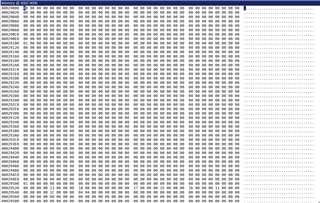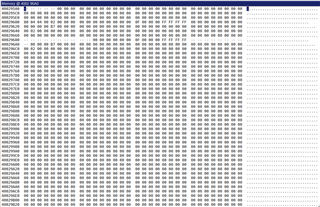Hello,
I know this question has been asked but it's still unanswered, and I kind of need a solution...
On our custom board, I removed power from Flash and kept sending SPI commands*, then uninit QSPI and it works as expected:
- 783uA if I don't uninit QSPI
- 272uA once uninit on my board
As soon as I have a QSPI Flash wired:
- 792uA once Flash powered down, QSPI not uninit
- 2mA as soon as I try to uninit QSPI
May it be related to RX?
* SPI commands are: QSPI_STD_CMD_RSTEN, QSPI_STD_CMD_RST, CMD_DEVICE_ID (0x9F), CMD_DEEP_PWRDOWN (0xB9).
I also tried with QSPI driver from SDK 15.2 (with nrf_qspi_disable(NRF_QSPI); used after the workaround) with no luck.
Best,
Cyril




